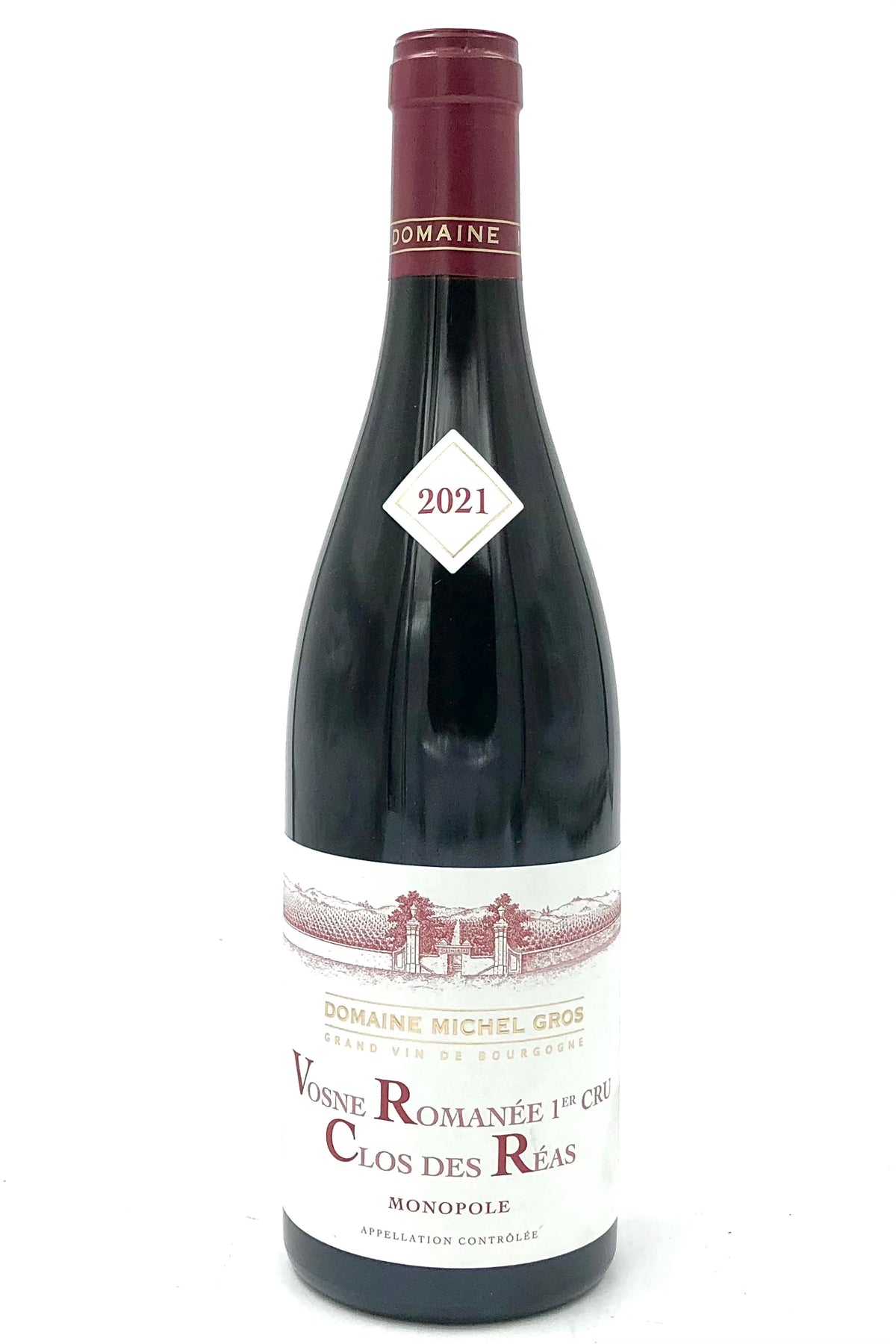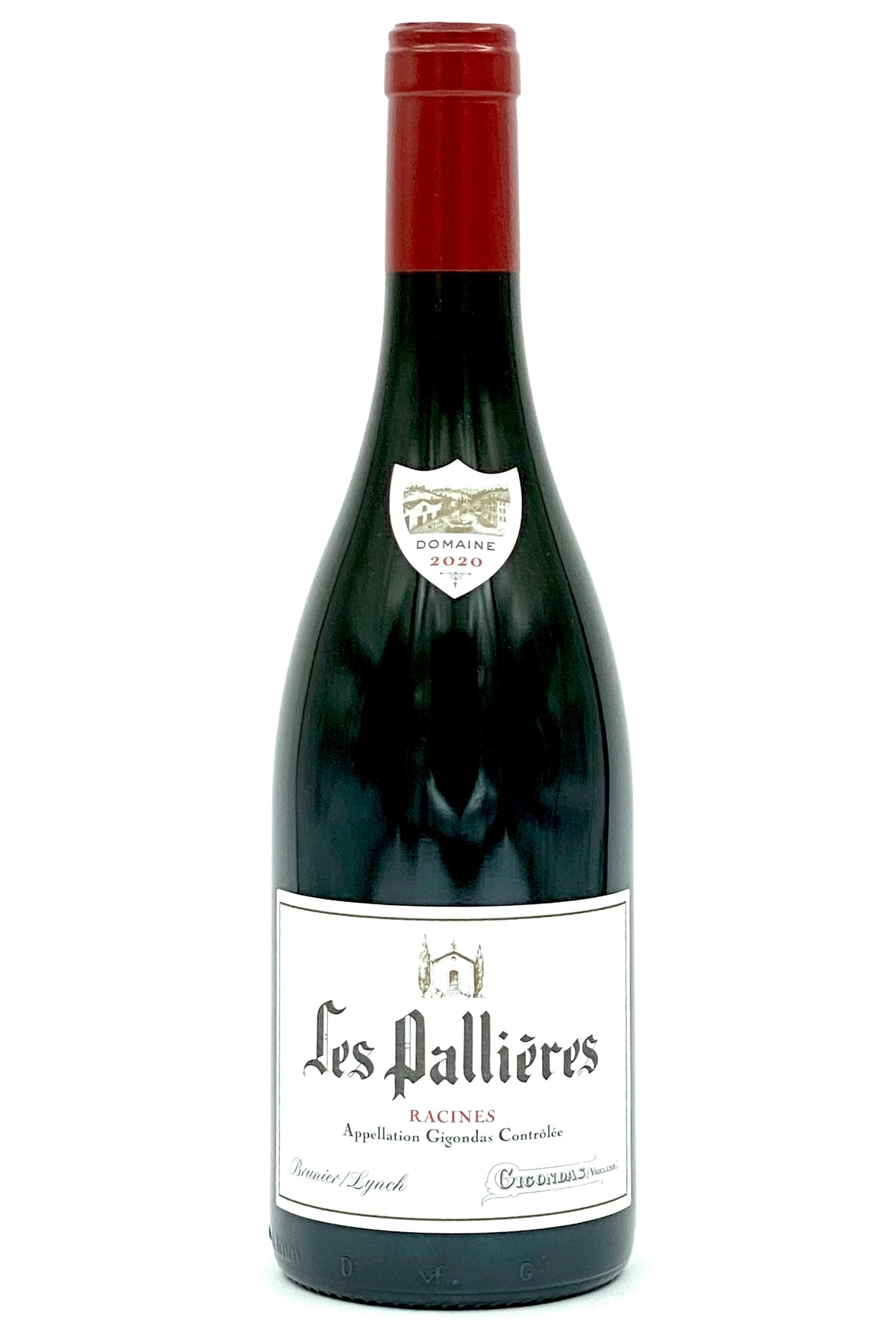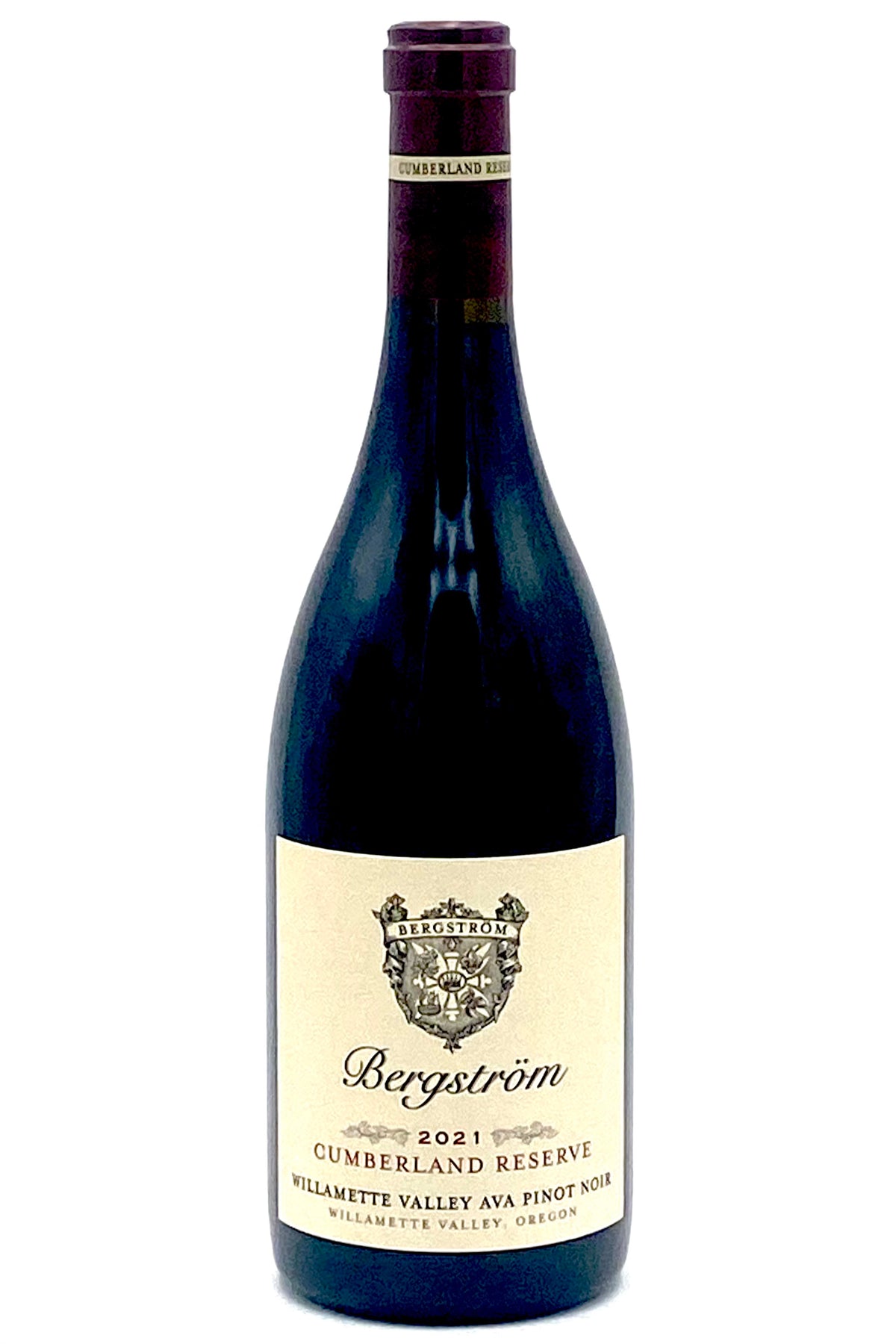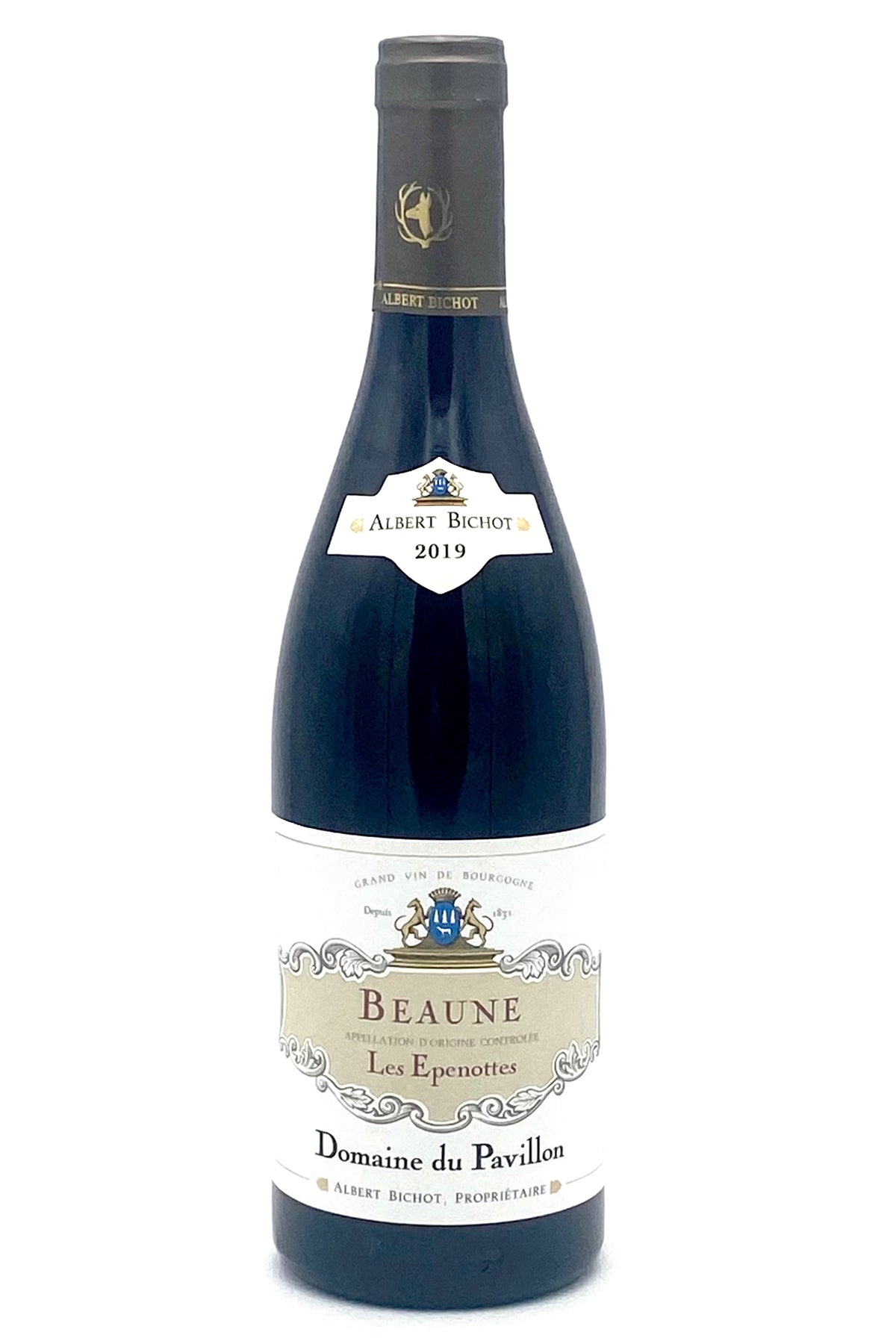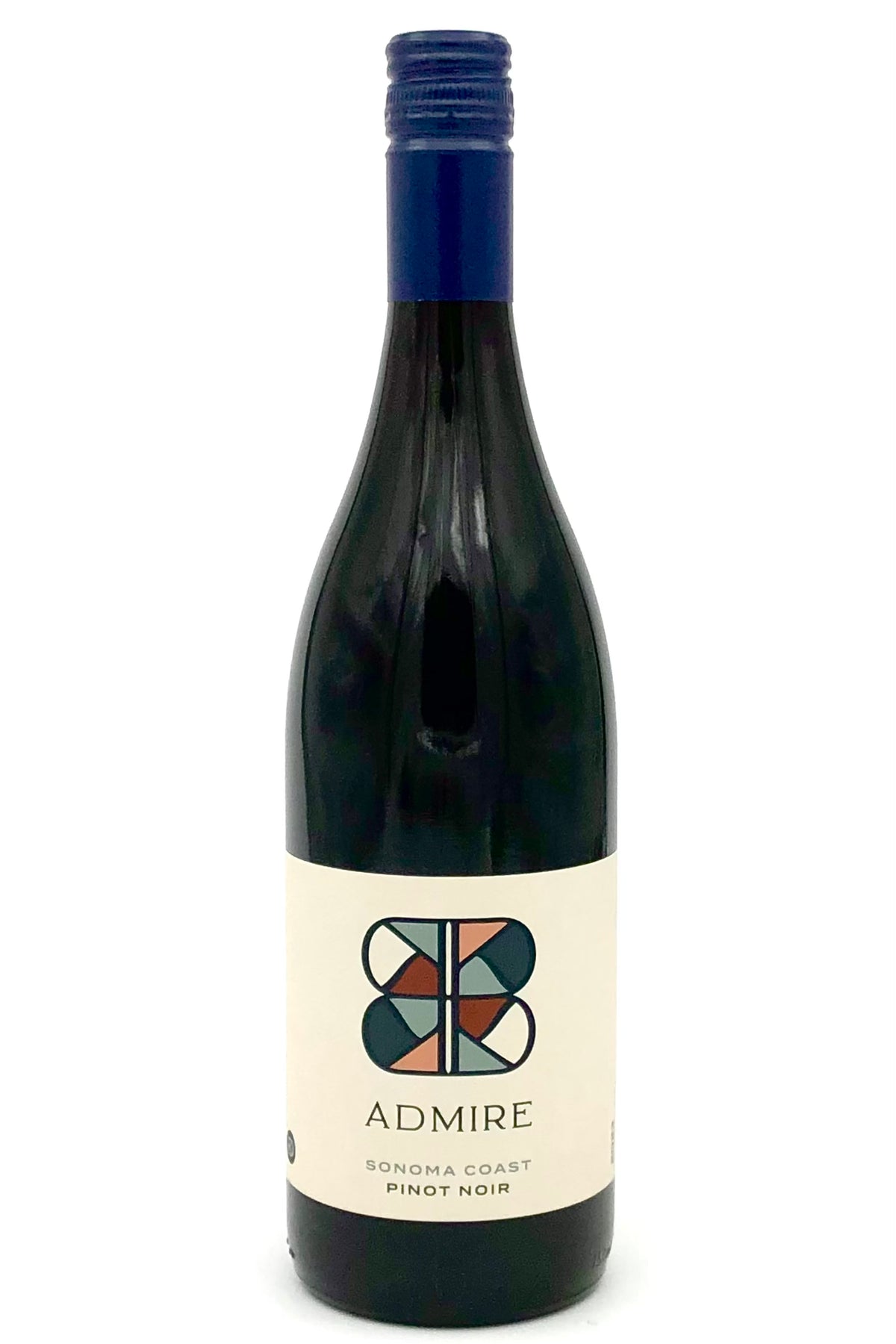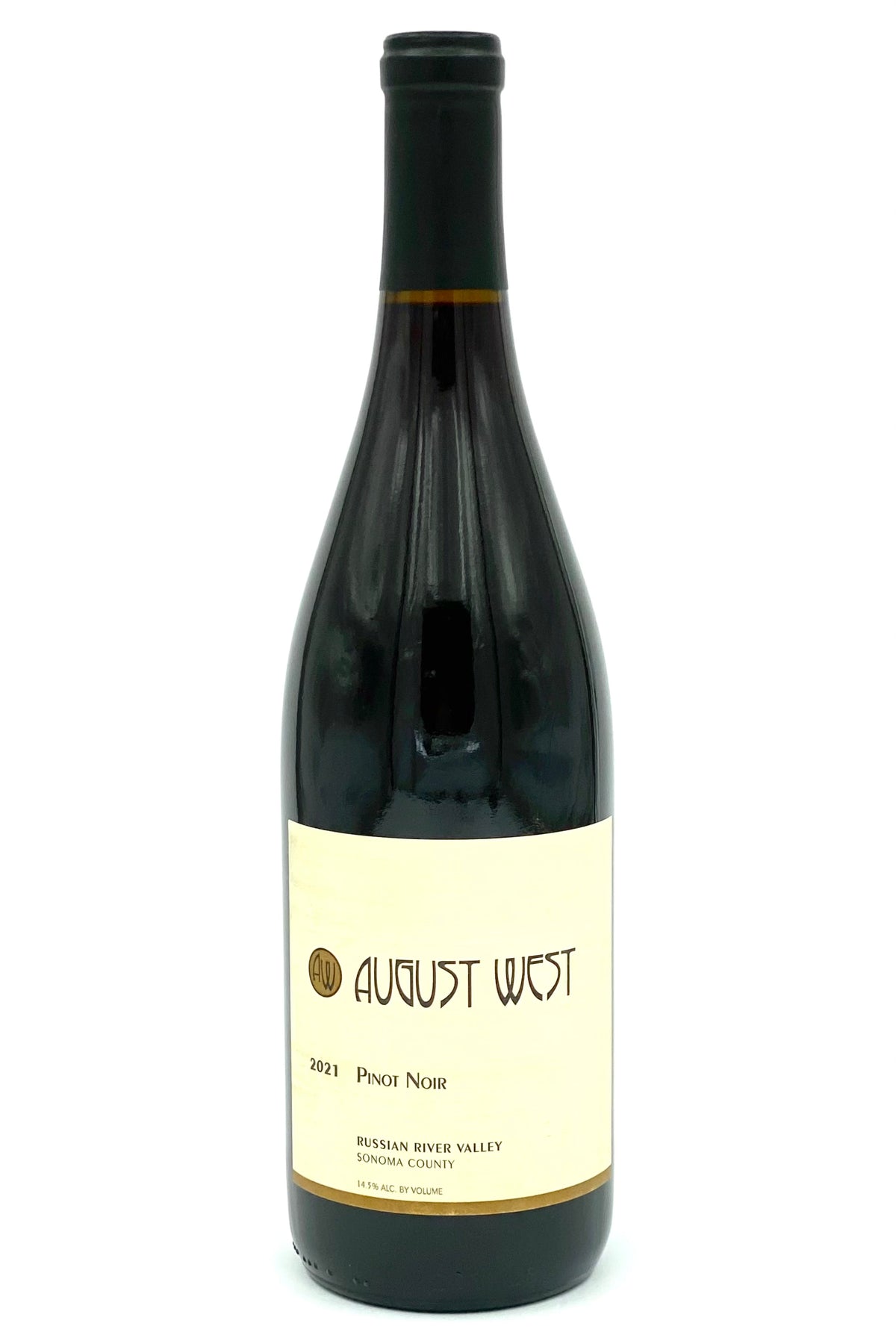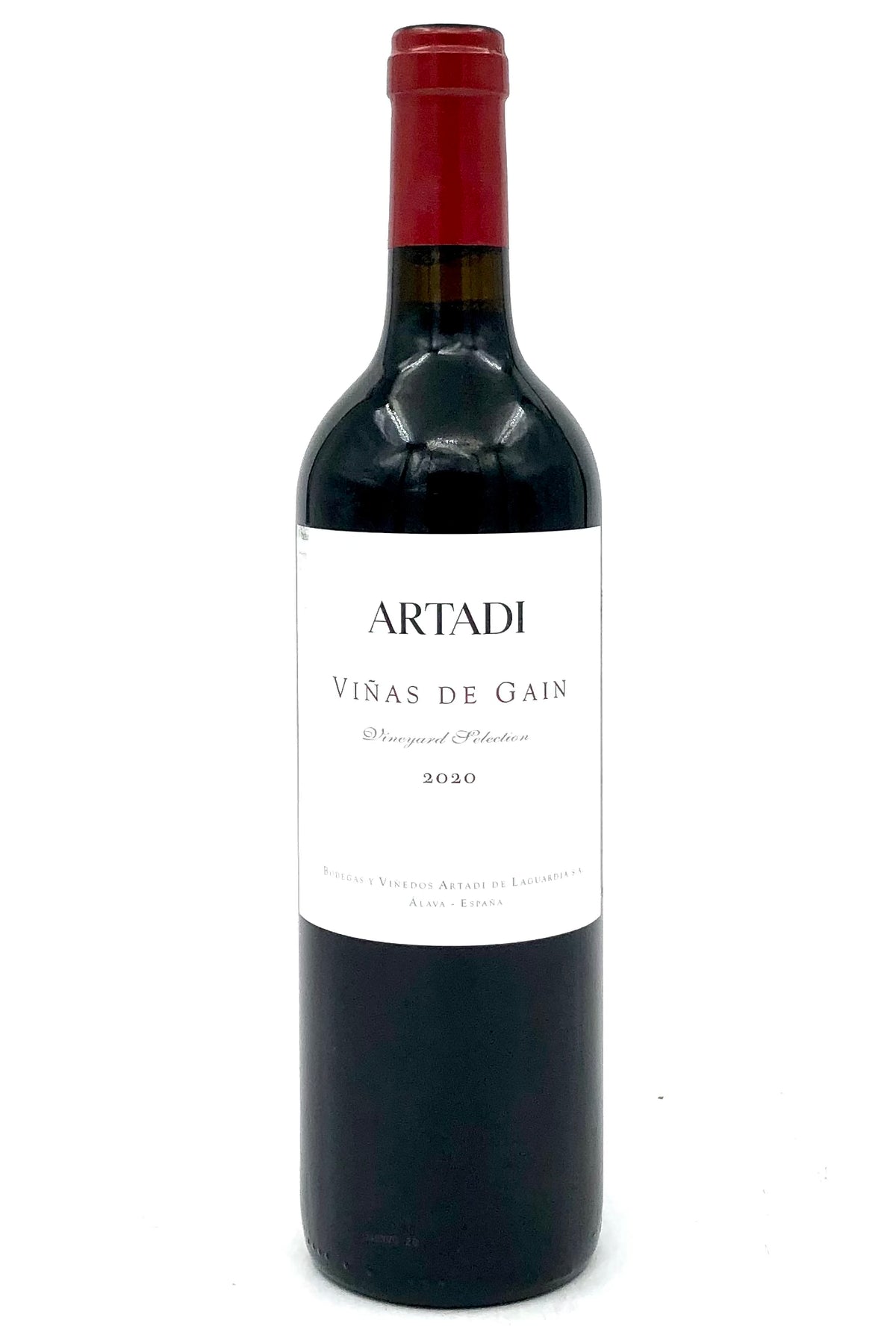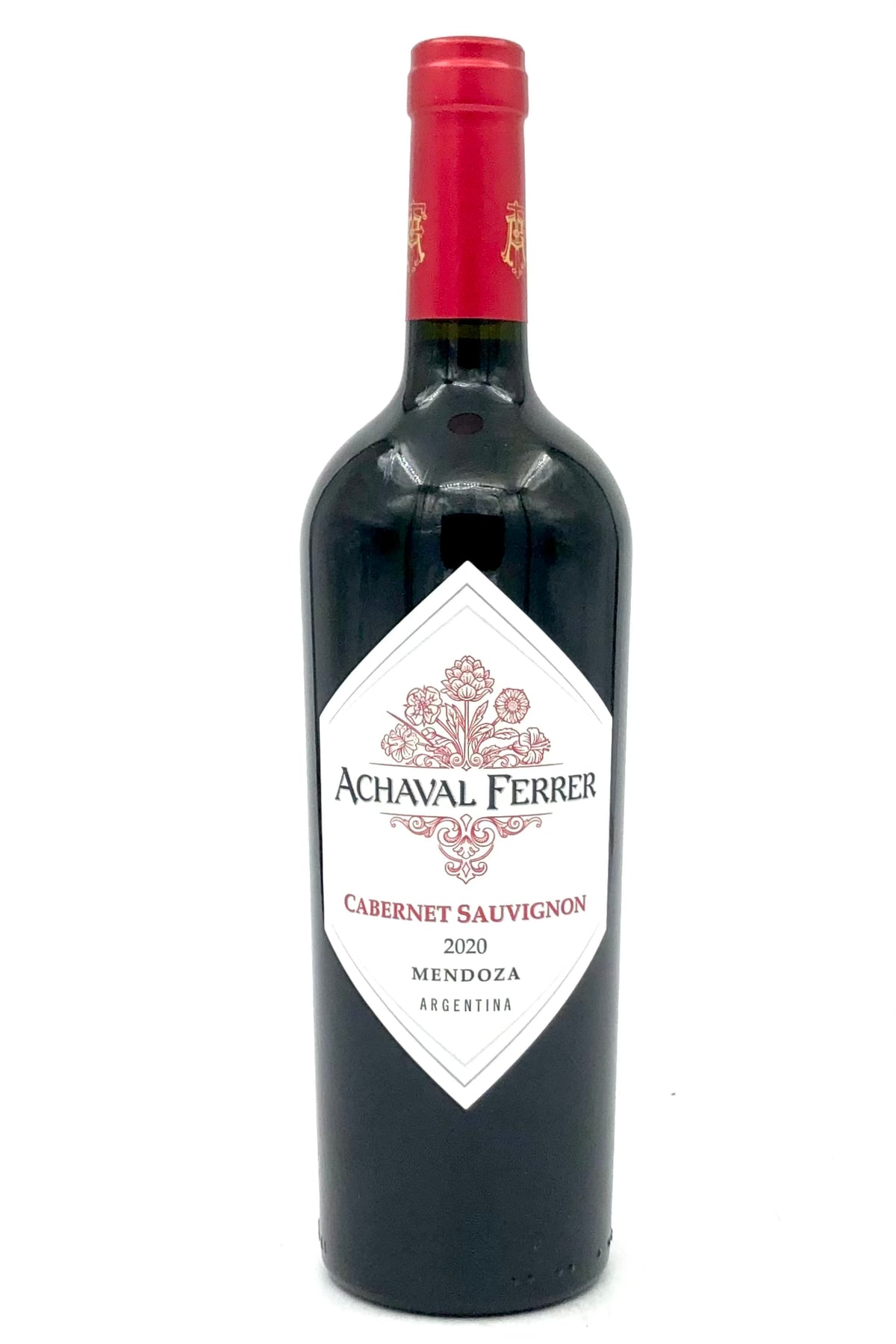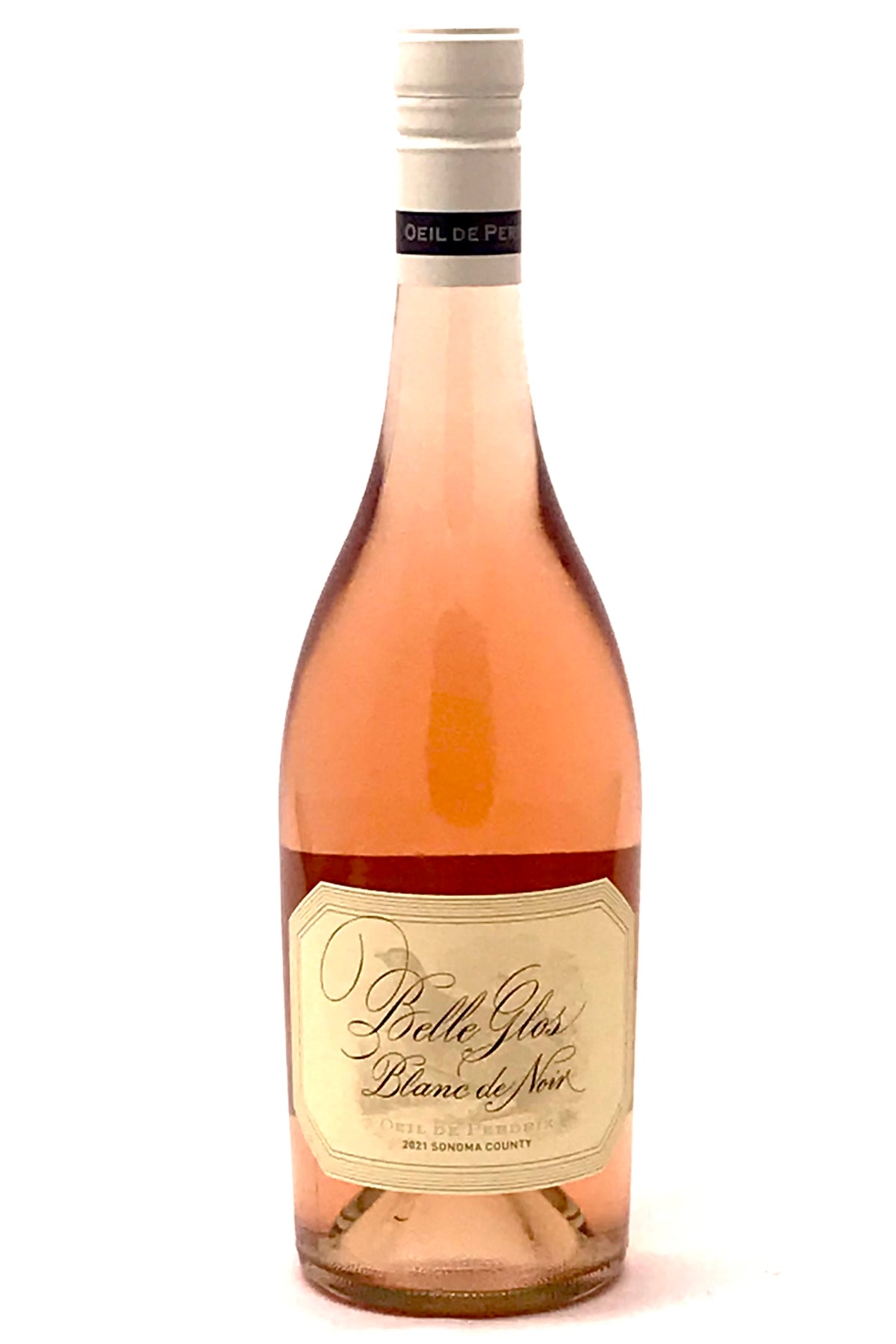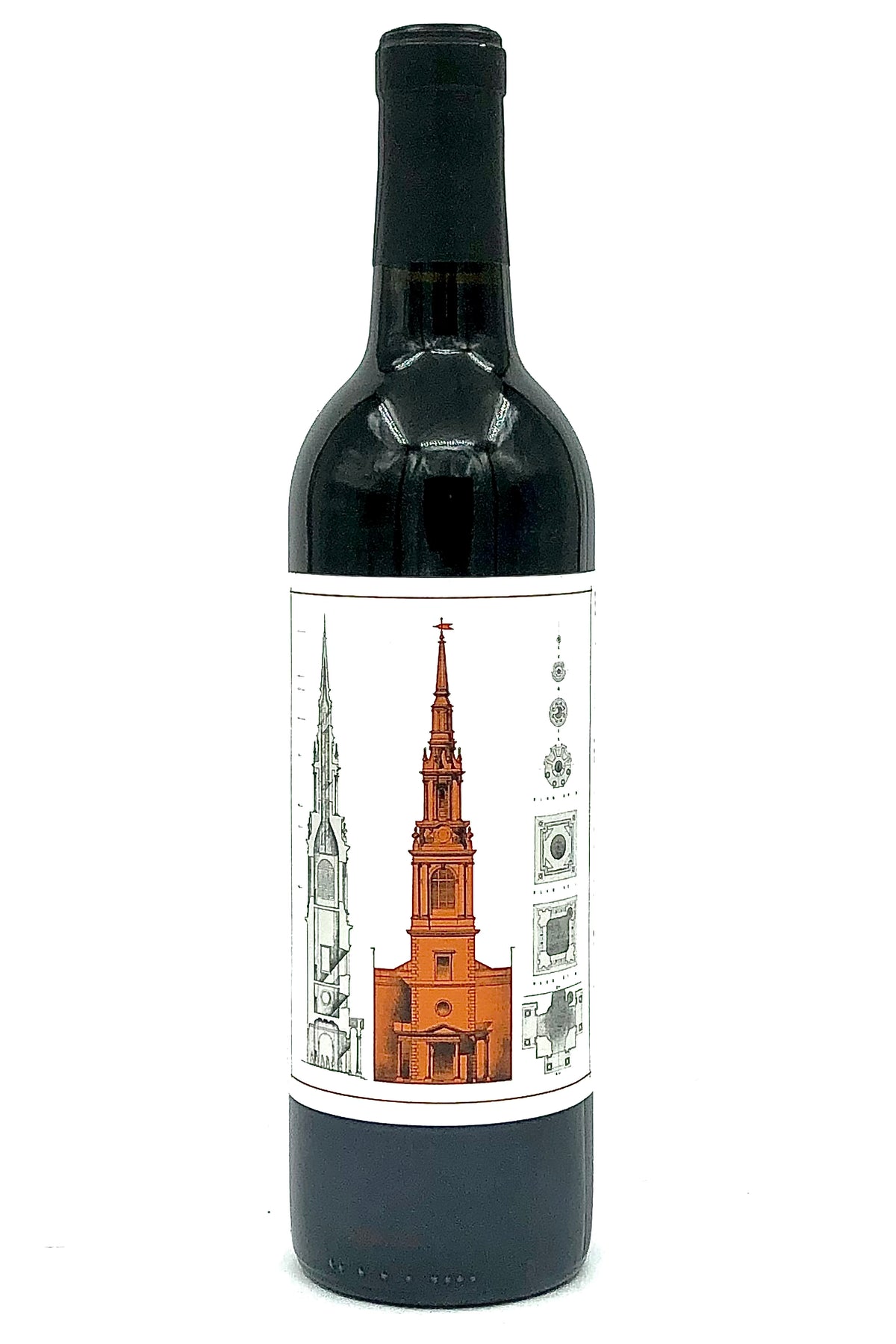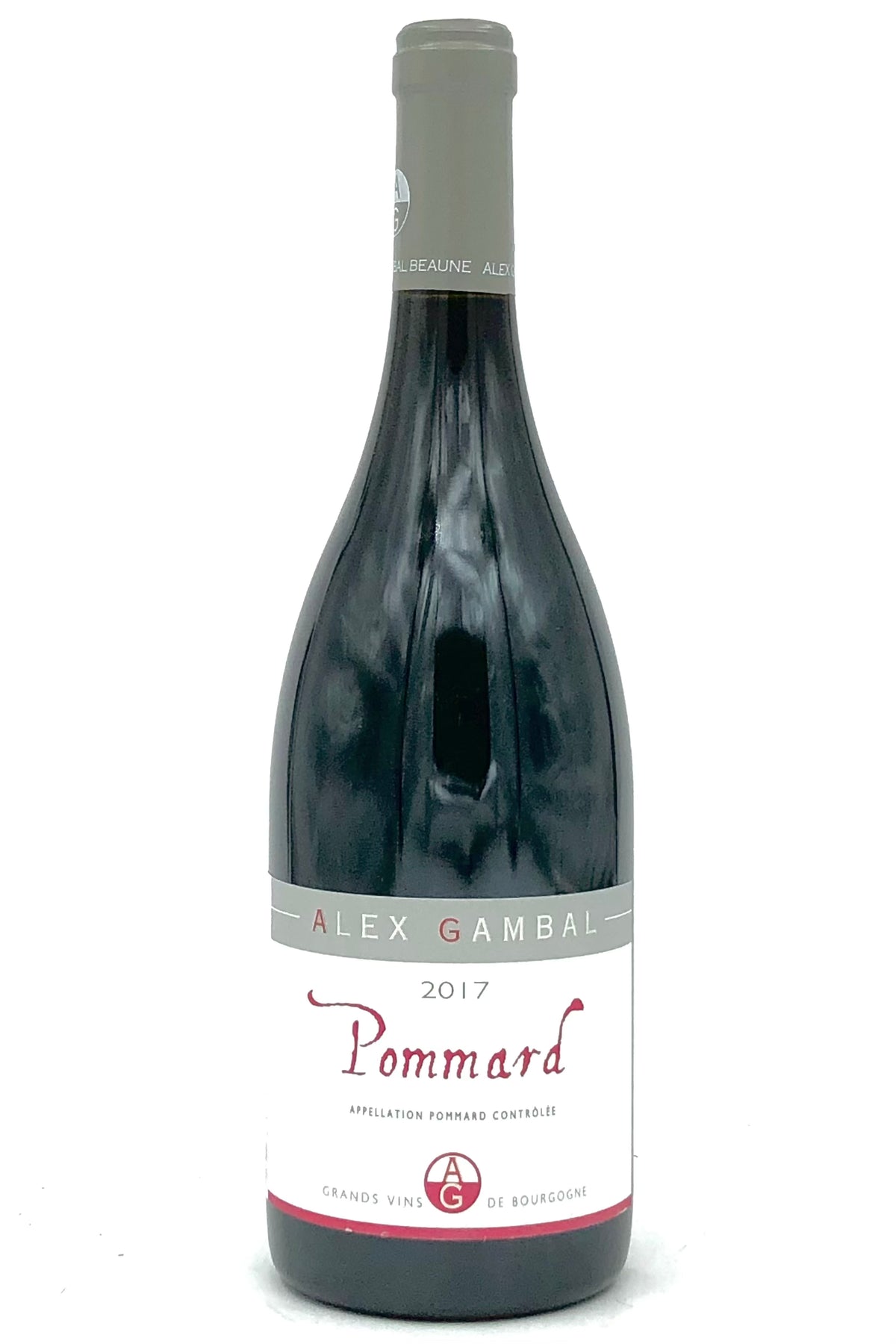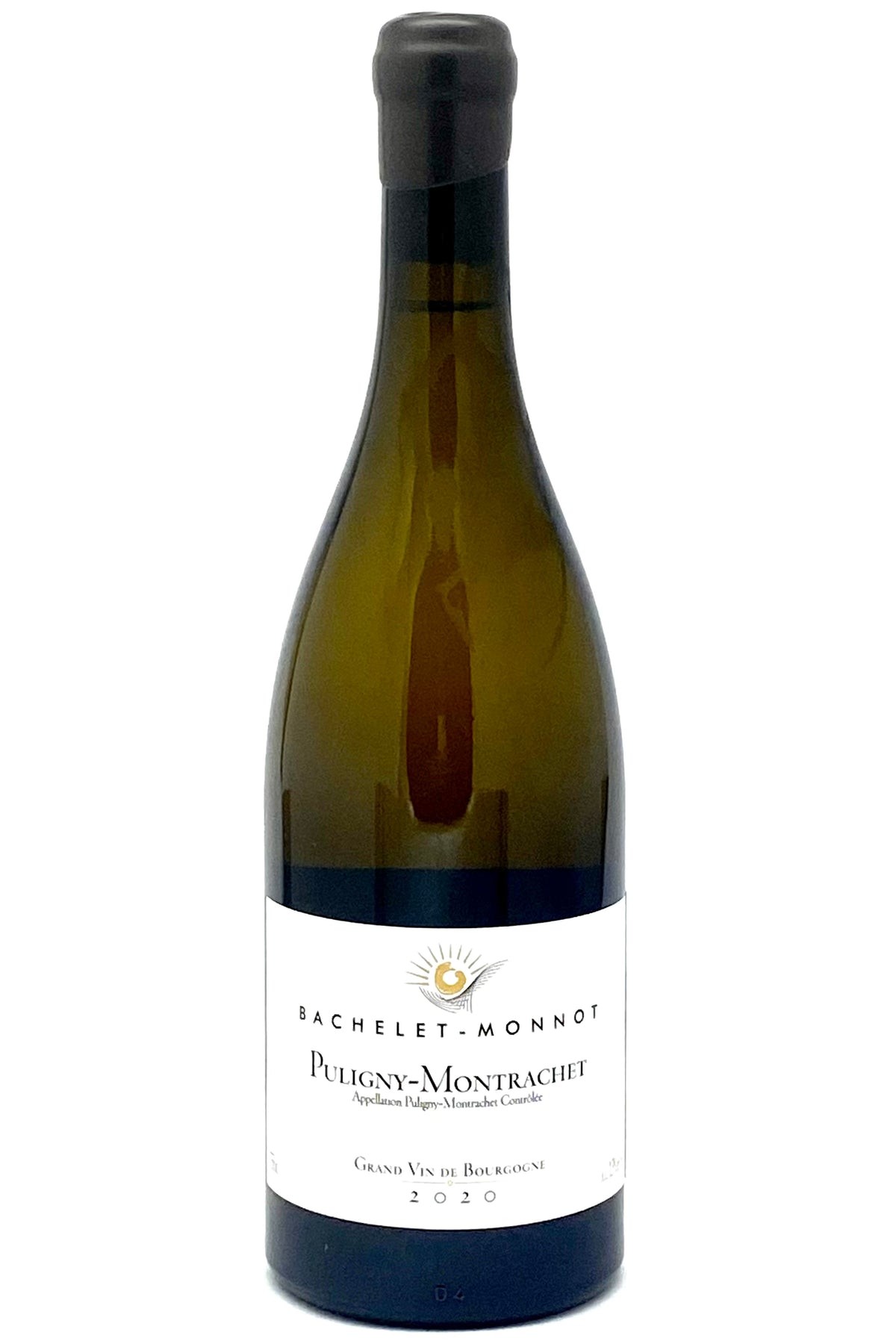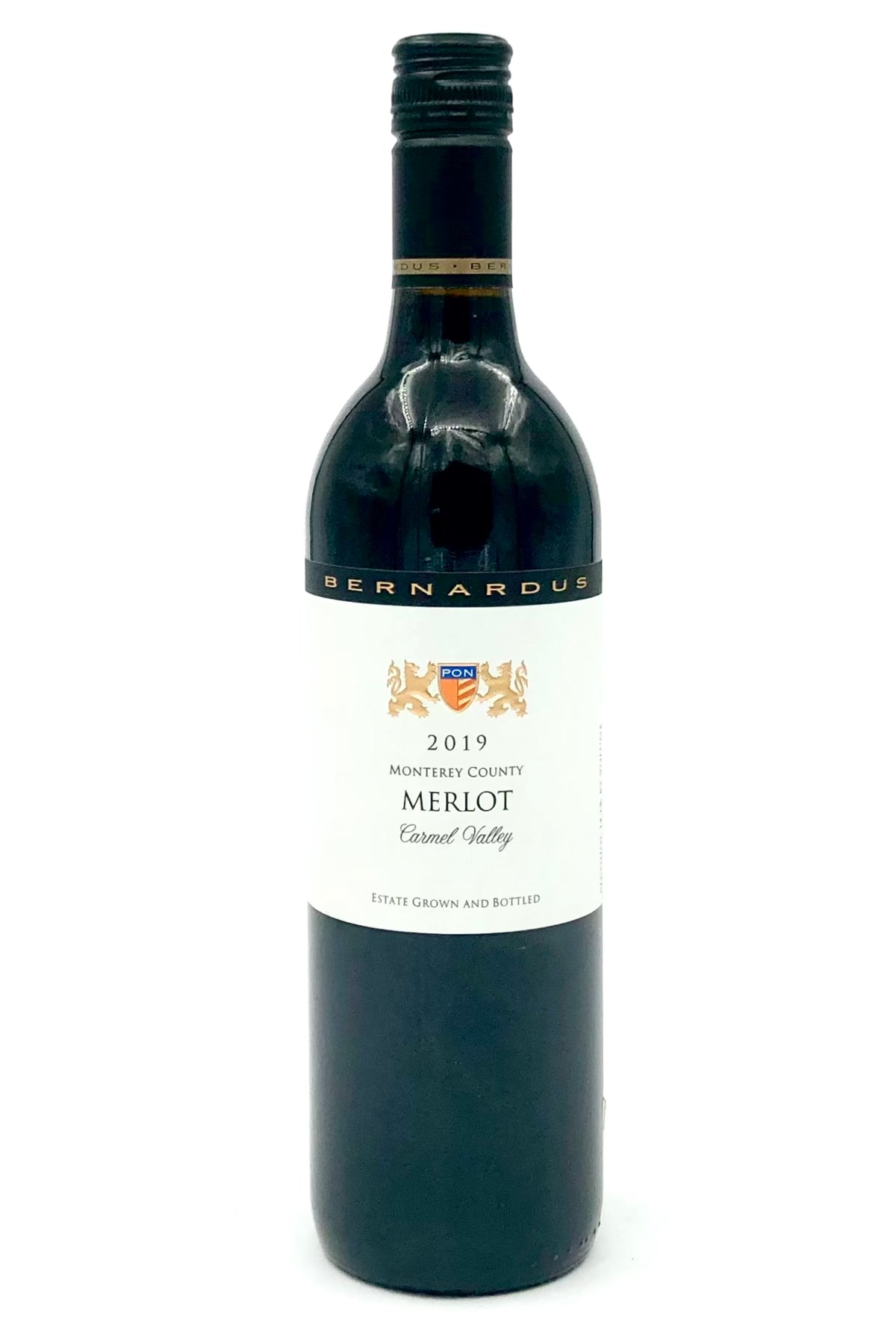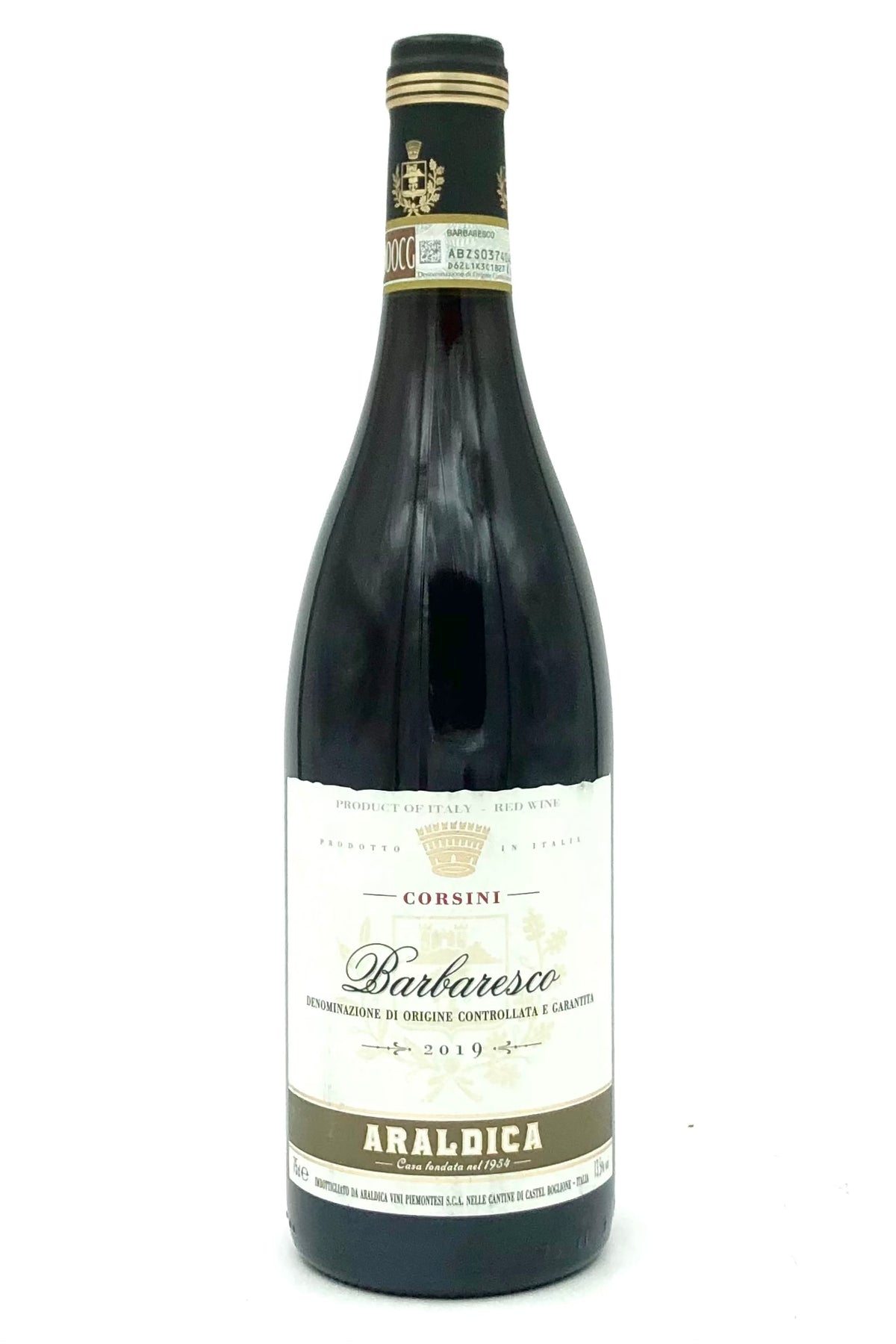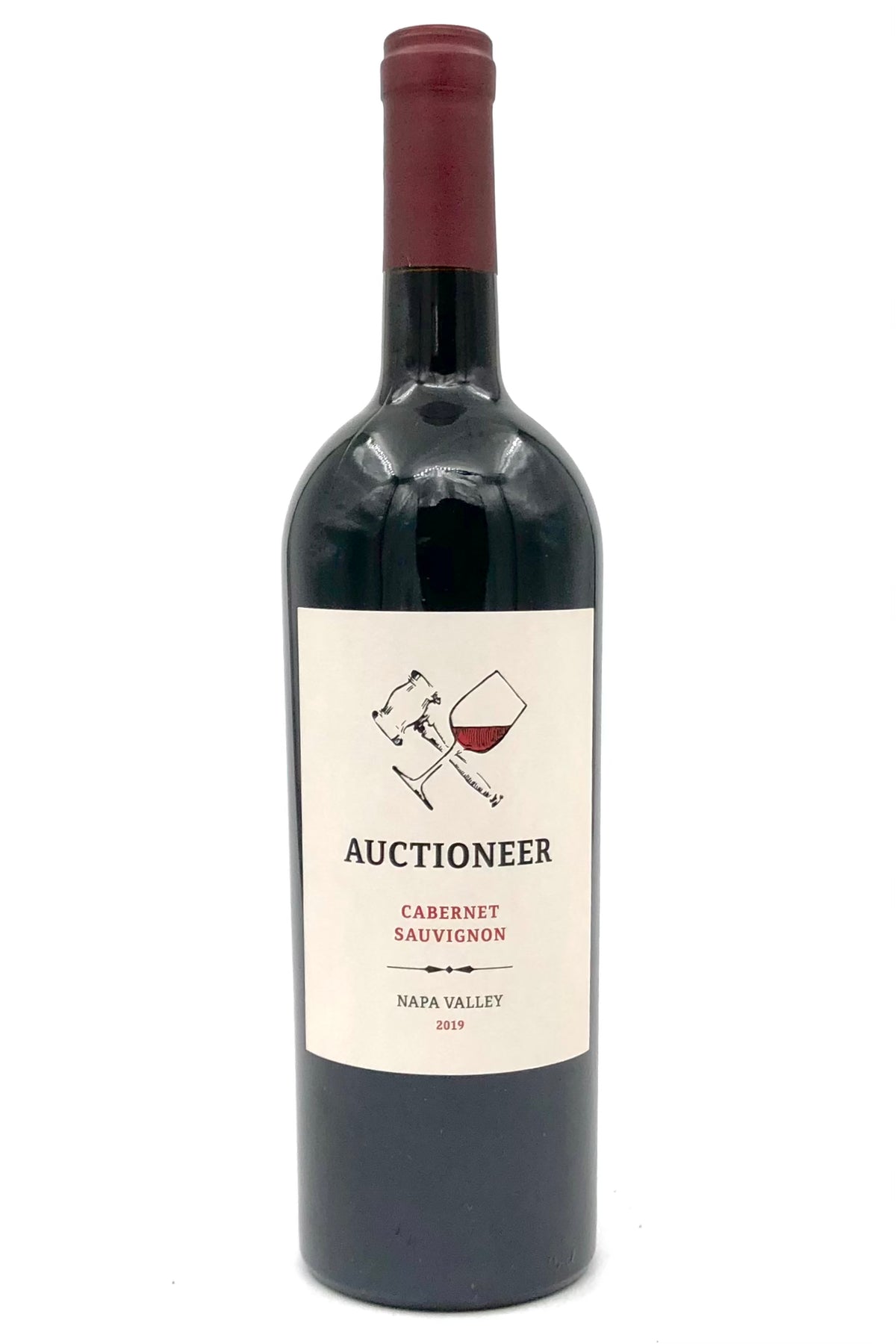Domaine Michel Gros 2021 Vosne Romanee 1er Cru Clos Des Réas Rouge Chambers
$ 200,00 $ 80,00
“The 2021 Vosne-Romanée Clos des Réas 1er Cru, the monopole belonging to Michel Gros, has a fragrant bouquet with sensual wild strawberry and raspberry notes, orange blossom and crushed rock. The palate is medium-bodied with fine tannins, lovely balance, very stylish with a lot of panache towards the finish. This might be one of the most nuanced and desirable Clos des Réas that I have encountered from this address. Bravo.” Neal Martin 92-94 Points
“There is a change of guard at this Vosne-Romanée address as Pierre Gros takes the reins from his father, Michel. “I didn’t intend to come back to the domaine,” he tells me in fluent English, honed whilst working in Canary Wharf, London. “I studied engineering in Paris, though I did a degree in viticulture whilst working. Two years ago, Michel was still working full-time with me, but now he is part-time. Now I am more in charge.”
There has been a shuffling of vineyards between assorted members of the Gros family with some quite significant holdings. “In 2022, we got back some vineyards, including Echézeaux and Richebourg from a fermage with Domaine Gros Frère & Soeur that is ending. In fact, my father produced the Richebourg until the mid-nineties.” This basically means that each member of the Gros family will have a roughly equal portion of Richebourg – Domaine Michel Gros, Anne Gros, A.F. Gros and Domaine Gros Frères & Soeur.
“The 2021 vintage was very different. In terms of ageing and vinification, there has been no drastic change. It was a difficult season, especially at the end of May and June when there was a lot of rain. In the Côte de Nuits, we managed to keep the vineyards fairly clean of oïdium with no rot. In the Hautes-Côtes, there was no damage from the frost as the vines were still undeveloped. There was a second wave of frost that affected the vineyards in the lower reaches of the Hautes-Côtes. We began picking on 19 September in the Côte de Nuits and ten days later in the Hautes-Côtes, finishing on 3 October. The vinification was normal, the level of alcohol sufficiently high enough not to chaptalize, and we did not have to use the concentrator. The last time we really used it was in 2017, and I think we’ll use it less and less. It’s only when we can see there is some kind of dilution. We will bottle two years after harvest in August 2023. I want to maintain the longer ageing of 18 months in oak.” Neal Martin
Fast Delivery and Professional Packaging
Our long-standing partnership with UPS FedEx DHL and other carriers around the world lets us offer a range of shipping services. Our warehouse employees will pack each item according to our strict requirements. Prior to shipping, your goods are carefully examined and securely secured. We ship to thousands of customers each day across different countries. This is a testament to our commitment to be the biggest online retailer in the world. Warehouses and distribution centers are located throughout Europe as well as in the USA.
Orders with more than 1 item are assigned processing periods for each item.
Before shipping, all ordered items will be thoroughly examined. Currently, most orders are shipped within 48 hours. Delivery time ranges between 3-7 days.
Returns
The stock is constantly changing. It's not completely managed by us, as we're involved with several organizations, such as the factory and the storage. So the actual stock may alter at any time. Please be aware it's possible your order could run out of stocks once you've placed your order.
The policy is 30 days. If 30 days have gone without a trace since the purchase, unfortunately we can't offer an exchange or refund.
The item should not be in use and must be in the original packaging. The item should be returned in its original packaging.
